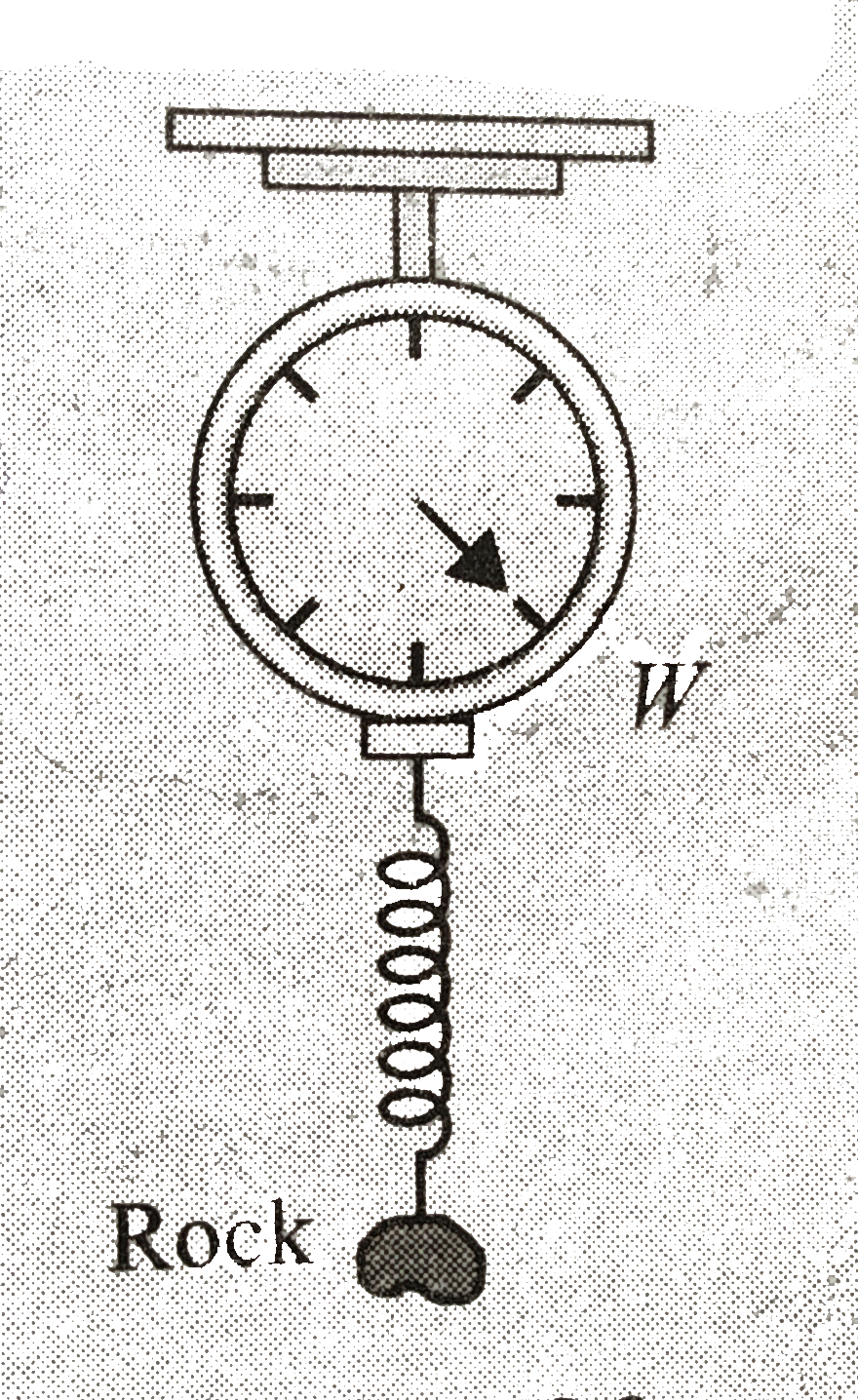When a frog is in hibernation or completely submerged in water it can repire only through
lungs
skin
branchial chamber
bucccopharyngeal cavity
The correct Answer is:B
Step-by-Step Solution:
1. Understanding Frog's Respiration: Frogs belong to the class Amphibia and have a unique respiratory system that allows them to breathe both in water and on land.
2. Identifying Hibernation: Hibernation, also known as winter sleep, occurs when frogs enter a state of dormancy to survive extreme environmental conditions. During this time, they often submerge themselves in water.
3. Respiratory Surfaces: Frogs have three main respiratory surfaces:
- Lungs: Used for breathing air when on land.
- Skin: Used for gas exchange when submerged in water.
- Buccopharyngeal Cavity: The lining of the mouth can also assist in respiration.
4. Respiration During Hibernation: When a frog is hibernating or completely submerged in water, it cannot use its lungs because they require air. Instead, it relies on its skin for respiration, which allows it to absorb oxygen directly from the water.
5. Conclusion: Therefore, when a frog is in hibernation or completely submerged in water, it can respire only through its skin.
Final Answer: The frog can respire only through its skin when in hibernation or completely submerged in water.
---
- Lungs: Used for breathing air when on land.
- Skin: Used for gas exchange when submerged in water.
- Buccopharyngeal Cavity: The lining of the mouth can also assist in respiration.
Topper's Solved these Questions
Similar Questions
A rectangualr container whose base is a square of side 15 cm stands on a horizointal table and holds water up to 3cm from the top .When a cube is placed in the water and is completely submerged , the water rises to the top and 54 cm3 of water overflows.
Calculate the volume of the cube and its surface area.
View SolutionA rectangular container, whose base is a square of side 15cm, stands on a horizontal table and holds water upto 3cm from the top. When a cube is placed in the water and is completely submerged, the water rises to the top and 54cm3 of water overflows. Calculate the volume of the cube and its surface area.
View SolutionA rectangular container, whose base is a square of side 5cm, stands on a horizontal table, and holds water upto 1cm from the top. When a cube is placed in the water it is completely submerged, the water rises to the top and 2 cubic cm of water overflows. Calculate the volume of the cube and also the length of its edge.
View SolutionA rock is found to weigh w in air when suspended from a spring scale. When completely submerged in water while attached to the spring scale, it weighs wsubmerged as shown in Fig. Find the density of the rock ρrock in terms of Rock the scale reading and the density of water

View SolutionStatement I: Imagine holding two identical bricks under water. Brick A is completely submerged just below the surface of water, while brick B is at a greater depth. The magnitude of force exerted by the person (on the brick) to hold brick B in place is the same as magnitude of force. exerted by the person (on the brick) to hold brick A in place.
Statement II: The magnitude of buoyant force on a brick completely submerged in water is equal to the magnitude of weight of water it displaced and does not depend on the depth of the brick in water.
View SolutionWhen a metal cube is completely submerged in water contained in a cylindrical vessel with diameter 30 cm, the level of water rises by 14199cm. Find :
(i) the length of edge of the cube.
(ii) the total surface area of the cube.
View SolutionA sphere of diameter 12 cm, is dropped in a right circular cylindrical vessel, partly filled with water. If the sphere is completely submerged in water, the water level in the cylindrical vessel rises by 359cm. Find the diameter of the cylindrical vessel.
View SolutionA sphere of diameter 12 cm, is dropped in a right circular cylindrical vessel, partly filled with water. If the sphere is completely submerged in water, the water level in the cylindrical vessel rises by 359cm. Find the diameter of the cylindrical vessel.
View SolutionWater can not diffuse through
View SolutionA body weighs 550 gf in air and 370 gf in water when it is completely immersed in water. Find the upthrust on the body.
View Solution
